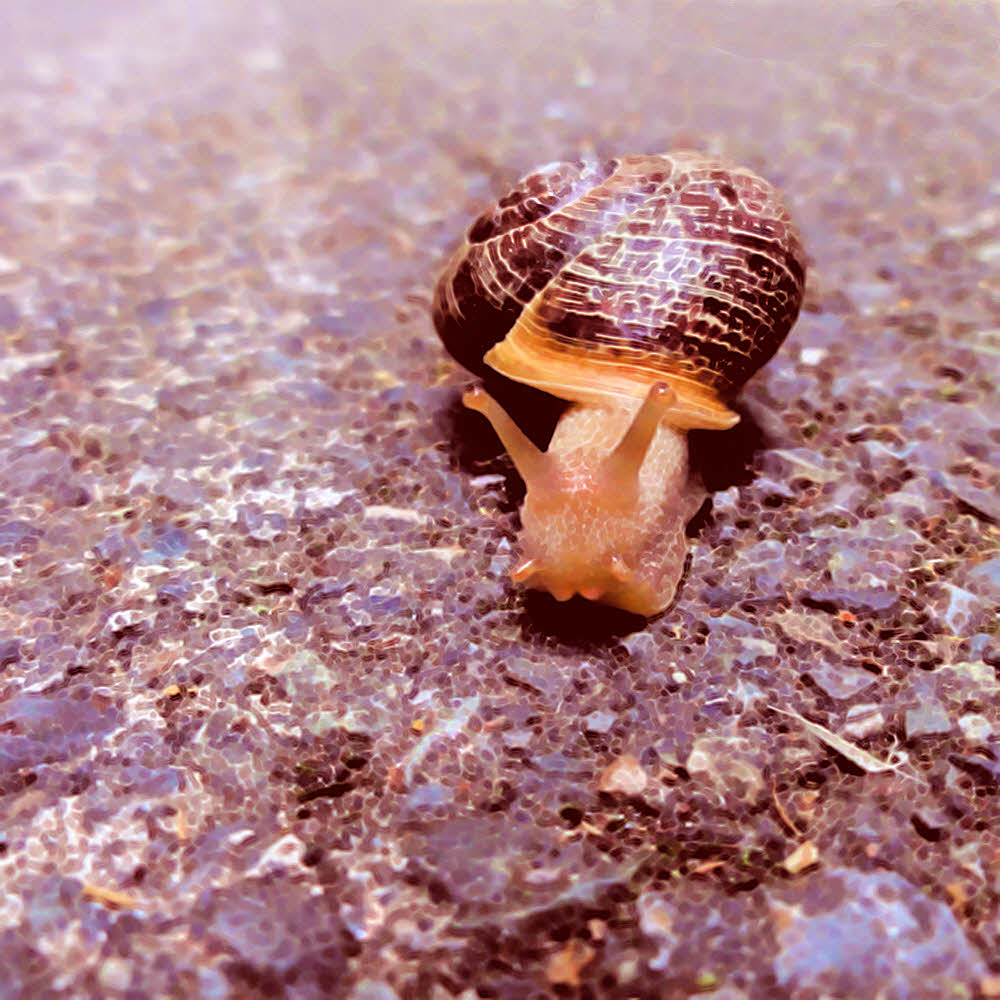
(1) Hiker trap. Something like a tank trap but for less intelligent moving objects, like backpackers.
The basic plan is to lay into the trail a stout plank or piece of timber, or a fence post, or even a line of stones. This cuts across the trail and downslope at an angle, ostensibly to route water off the trail, but really to serve as a toe stobber which will cause unwary plodders to trip and fall.
Extra points are awarded to the water bar engineer who can generate the highest number of face plants from one installation. Gold stars are awarded if stumblers vanish into deep trailside mud pits or ponds.
(2) A liquid dihydrogen monoxide (LDM) drainage diversion apparatus (LDMDDA). A drainage contrivance composed of an outsloped segment of tread inset with a barrier device (log, stone, or shaped timber) which is placed at a 45 degree angle to the trail tread. LDM on the trail will then not flow far and will not erode the trail, but will instead be diverted by
- The trail surface outslope itself, or
- The implanted barrier.
If (a), the trail surface outslope, then flowing LDM will shoot off the side of the trail and out into the air. In this eventuality one may hear an excited Weee! sound coming from the expelled LDM, which is known to enjoy the thrill of being flung into free space.
If (b), the implanted barrier diversion route, one may hear only a low, purposeless and disconnected gurgling as water collects and begins incipient bog formation next to the trail. Best to avoid these areas, my friend. Trail designers prefer drainage dips these days for clearing trails of superabundances of LDM, though the actual trail builders continue their preference for hiker traps because the latter provide a richer amusement quotient.